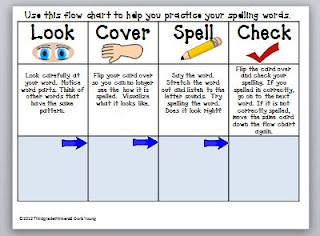Debbie Diller comes to Spotsylvania County!
A couple of weeks ago my county provided an inservice with Debbie Diller. I've seen her a couple of times before and have read all her books. This afternoon's inservice was focused on reading stations for students in the upper elementary grades. Much of what she discussed and modeled came from her books, Practice with a Purpose and Places and Spaces.
She discussed the management of literacy stations and materials she uses. We all agreed that our time is better spent focusing on instruction versus making lots and lots of literacy games and activities that students use once and then we put away. I'm focusing on setting up literacy stations that remain the same for the most part. We will change out the words, text or content instead of changing out the whole activity. It is easier for me and for students. They learn the activities well and can do them very independently.
One example will be my spelling or word study station. I have trained students on using about four different spelling activities and when they go here for station time they will bring whatever set of words they are working on. So the activities will stay the same but their spelling words change each week.
One standard activity we use is the feature sort. Station partners sit opposite each other, facing opposite directions and sort their words by feature. Then they turn and compare.
Here students have come up with another way to sort their words: by syllables, ABC order, etc.
We use a spelling folder and in class work or sorts are written inside.
If students finished the "MUST DO" activity before I have called "time's up" they work on one of the "CAN DO" choices like have a spelling bee.
I created a board for students to use with this activity. My students have words on cards. They place the card on the "LOOK" square and analyze the word for word parts, tricky letters, spelling features or patterns, then they slide the card to the next box that says "COVER". They flip the card over so they can no longer see the word. They slide the card to the next box that says, "SPELL". They attempt to visualize the word and spell it in their journal. Then they slide it to "CHECK". Here they check their spelling with the card. If they got it right, they are done with that word and they go to the next. If they got it wrong they run that word through the sequence again.
I have this board posted as a free item on TPT. Check here if you would like to download an copy for yourself.
Other standard spelling choices might be to use magnets to spell their words. Students can both be working along side one another. One reads a word card, flips it over and then spells and checks. I found these at the dollar store..I also have smaller foam ones that are lowercase letters.

Scrabble tiles are also used to spell words. On this sheet they read a word card, flip the card over and then look for the letters to spell the word. On the recording sheet, they also total the numbers on the tile. Great way to sneak in some addition practice. Be on the lookout for old Scrabble Games at the Goodwill or at yard sales.

I find my students love using these materials and I'm not creating a new spelling station each week. It's a win-win situation!











 youngdor8@gmail.com
youngdor8@gmail.com



















